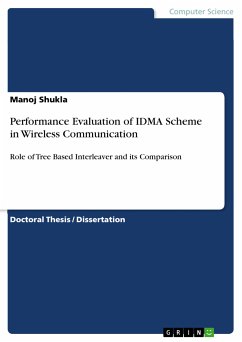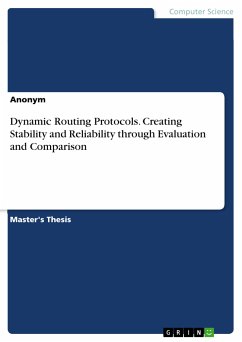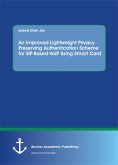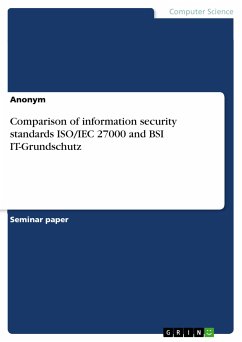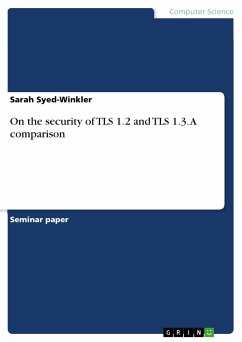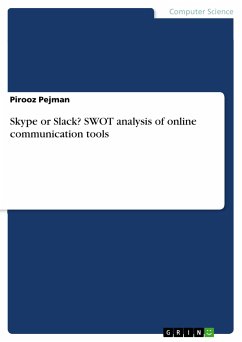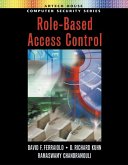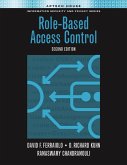Doctoral Thesis / Dissertation from the year 2011 in the subject Computer Science - Internet, New Technologies, grade: 10.00, , course: Ph.D., language: English, abstract: As per recommendations of International Mobile Telecommunications-2000 (IMT-2000), the future wireless communication is bound to occupy the features including high-speed data and broadband transmission, high capacity to support a huge number of simultaneous users, global mobility, high security, and scalable quality of service (QoS) along with low cost for both operators and subscribers. The above features are imposing technical challenges on system design and stimulating various research topics on capacity, complexity and performance. In order to increase the capacity of wireless networks, various multiple access schemes have been reported in the literature. The credit of most competent multiple access scheme in 2G systems goes to CDMA scheme which offers an even better bandwidth-efficiency than TDMA and FDMA schemes, however, its implementation is quite difficult due to involvement of rather complex technologies including complex power-control, and multiuser detection techniques etc. The requirement of alternate mechanism for user separation has been solved by Interleave-Division Multiple-Access (IDMA) scheme, in which, most of above stated problems do not exist due to application of user-specific interleavers having low cross-correlation amongst them. The interleaved data resulted from user-specific interleavers, demonstrates better orthogonality amongst each other in the channel. The condition of orthogonality is maintained for reducing the risk of collision amongst the interleavers during communication process. In IDMA scheme, orthogonal interleavers are employed as the only means for user separation and, hence, are referred as the heart of the scheme. The selection of interleaver along with optimum design methodology for proposed tree based interleaving (TBI) mechanism for IDMA scheme fulfilling the requirement of orthogonality and easy implementation. In the beginning of work, the mechanism of interleaving with necessary conditions is presented. Later, the performance and analysis of proposed TBI mechanism with IDMA scheme has been presented. Apart from the bit error rate (BER) performance analysis, the interleavers have also been analyzed on the basis of memory requirement and computational complexity at transmitter and receiver ends. Here, The performance evaluation of IDMA scheme with proposed tree based interleaving (TBI) mechanism, in uncoded and coded environments, has been duly investigated along with its implementation.
Dieser Download kann aus rechtlichen Gründen nur mit Rechnungsadresse in A, B, BG, CY, CZ, D, DK, EW, E, FIN, F, GR, HR, H, IRL, I, LT, L, LR, M, NL, PL, P, R, S, SLO, SK ausgeliefert werden.
Hinweis: Dieser Artikel kann nur an eine deutsche Lieferadresse ausgeliefert werden.

